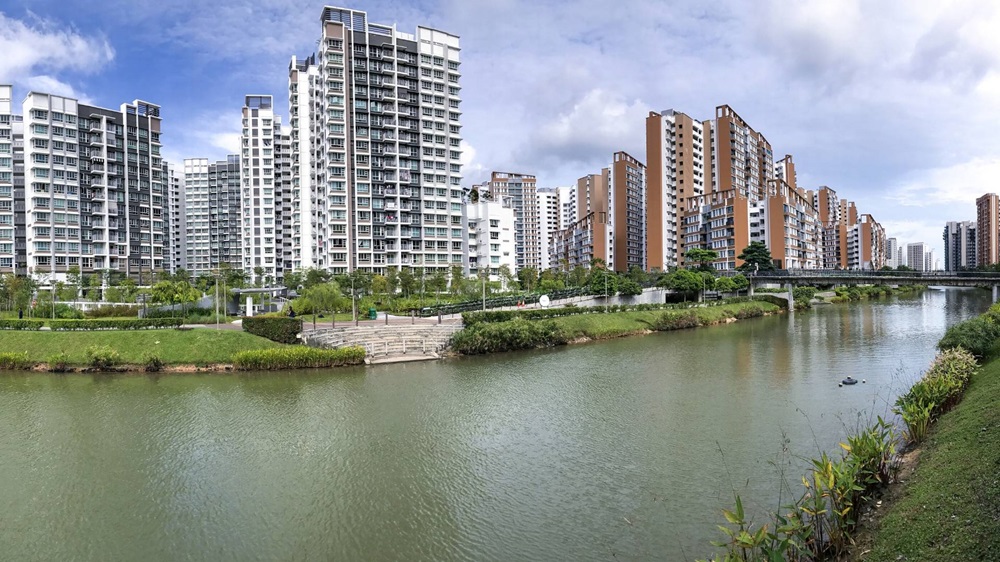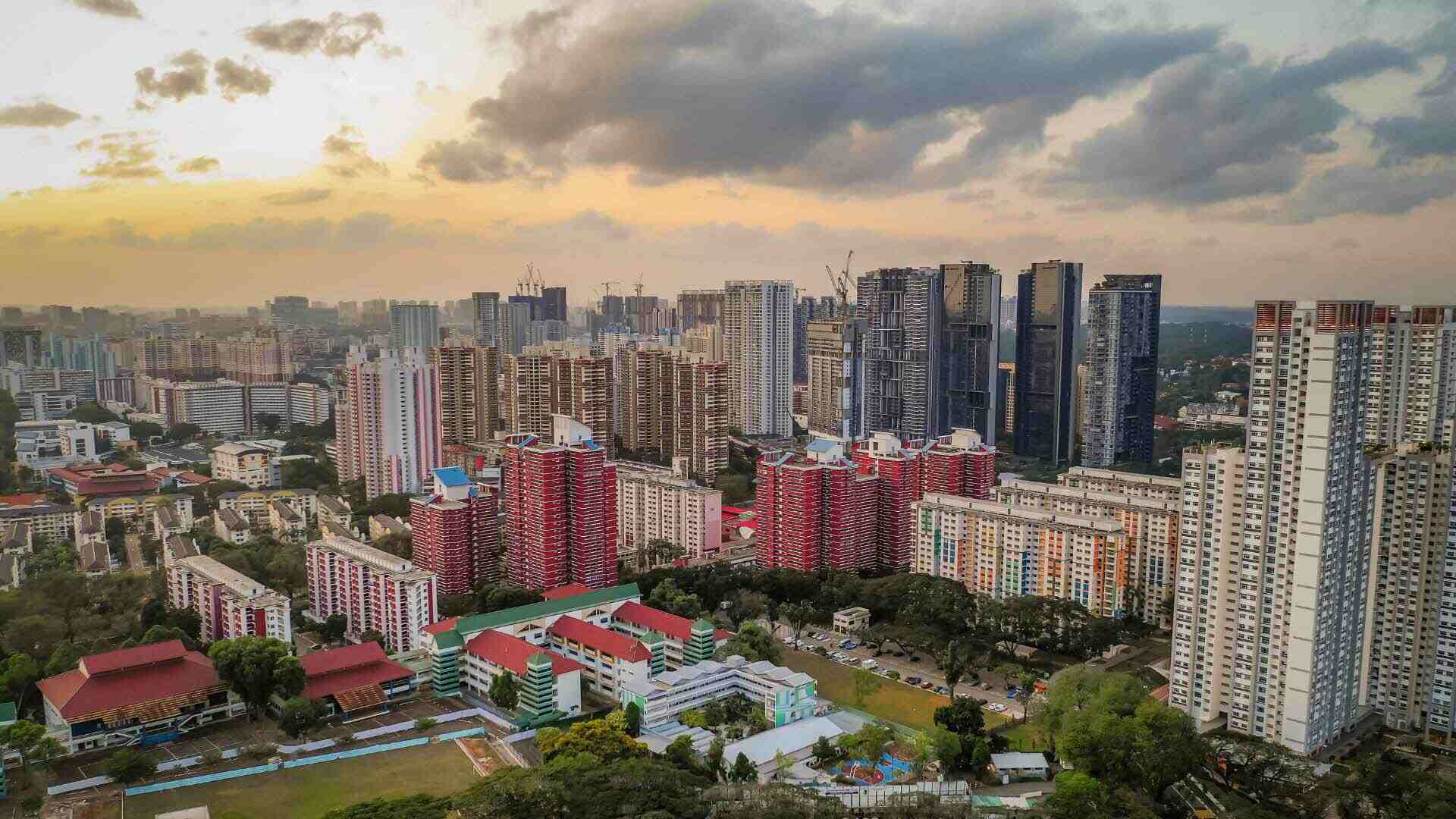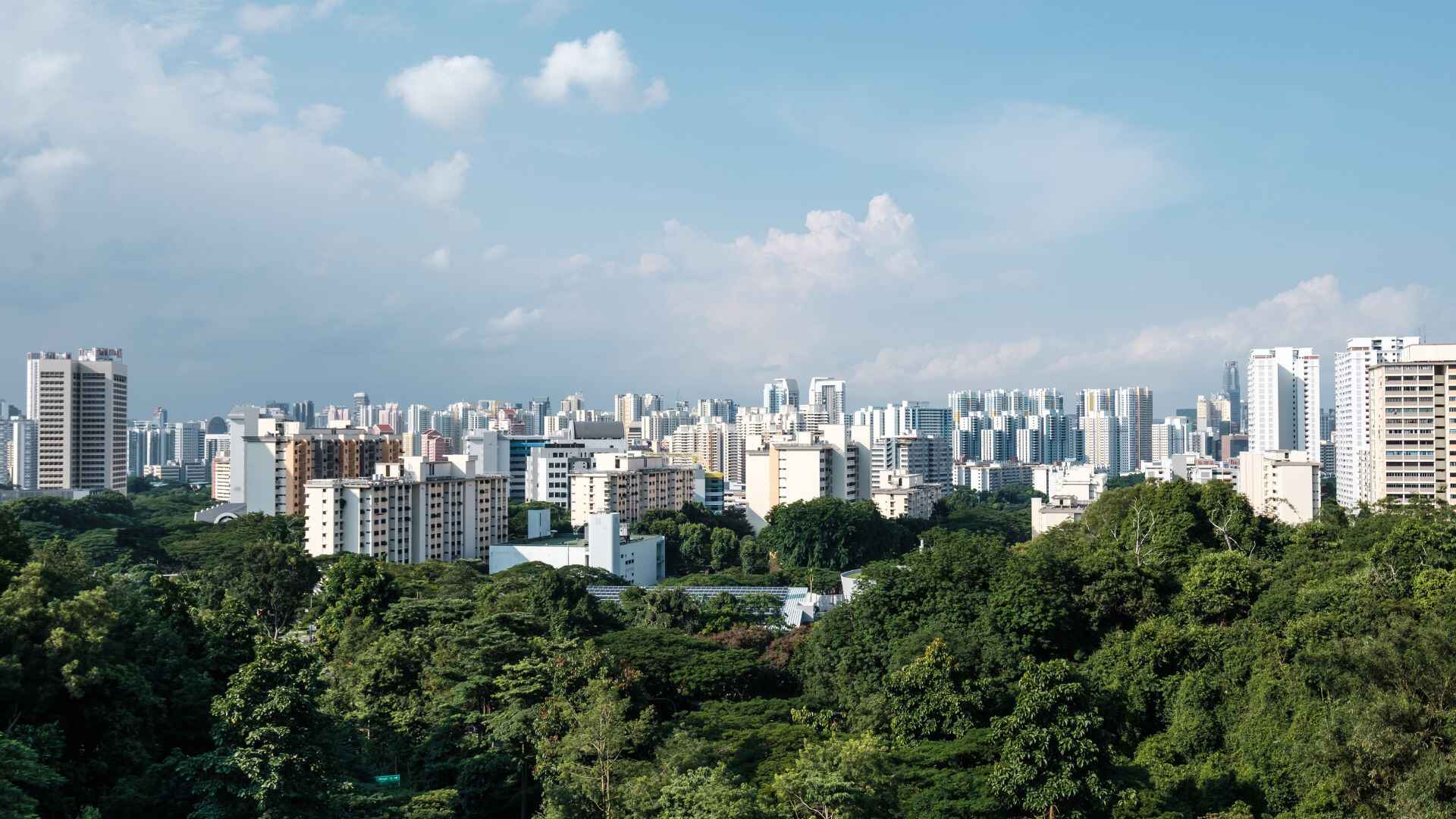
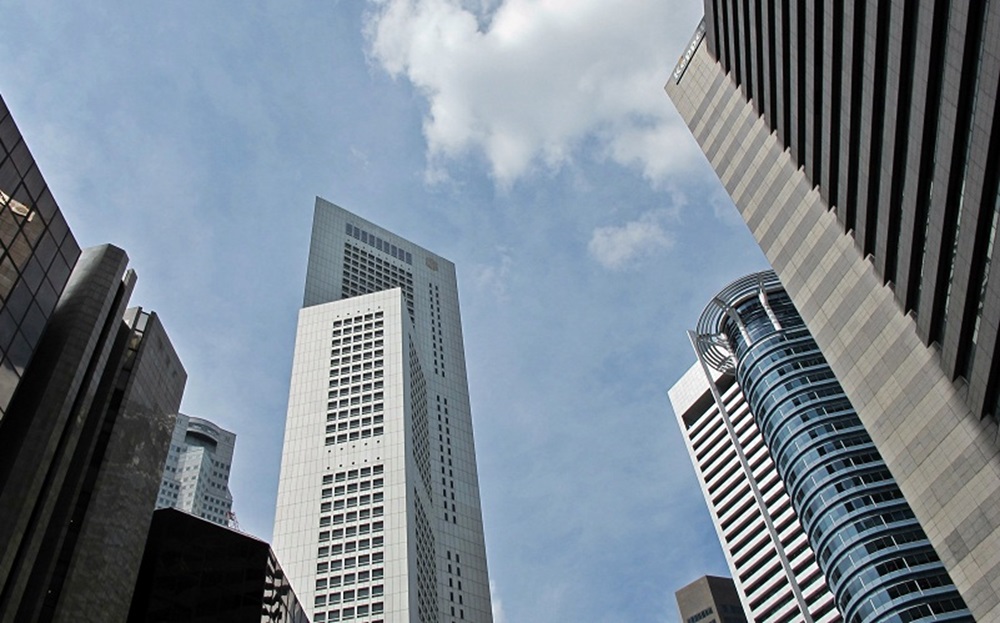
In line with international definitions set by the International Labour Organisation (ILO), the unemployment rate published by the Ministry of Manpower refers to the unemployed as a proportion of the labour force (i.e. those working or seeking work). This is unlike the employment rate, which is expressed as a percentage of the working-age population.
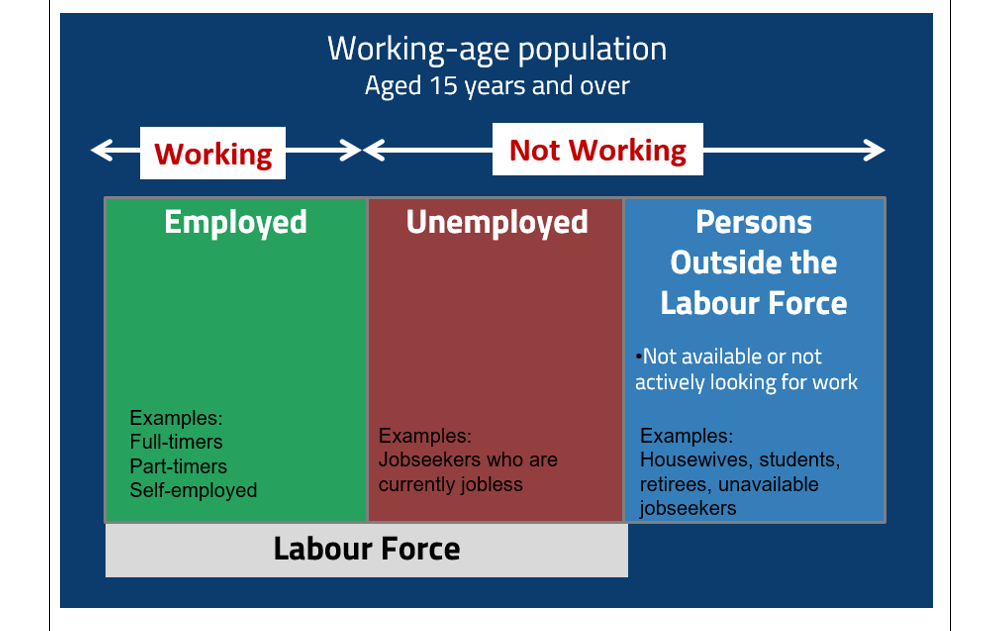
Defining employment and unemployment rates:
1. Employment Rate - Percentage of employed persons to the working age population
2. Unemployment Rate - Percentage of unemployed persons to the labour force
The unemployment rate measures untapped labour supply and tells us how well persons who are not working, actively seeking work and available to work, can find work. Persons who are not seeking work, or are unavailable to work are excluded from the calculation.
What do “seasonally adjusted” and “non-seasonally adjusted” mean? Why do we use both to report unemployment numbers?
Non-seasonally adjusted data are the “raw” numbers that have not been adjusted for seasonal patterns, while seasonally-adjusted data remove the impact of seasonal influences on the data. Seasonality refers to intra-year (monthly, quarterly) variations in a time series which repeat in the same period each year, such as fresh graduates entering the job market typically in June.
Seasonal patterns exist in unemployment, making it difficult for us to tell if changes in unemployment are a true reflection of the underlying trend (e.g. economic conditions) or merely due to seasonal influences. To present a more accurate picture, seasonal adjustment is carried out.
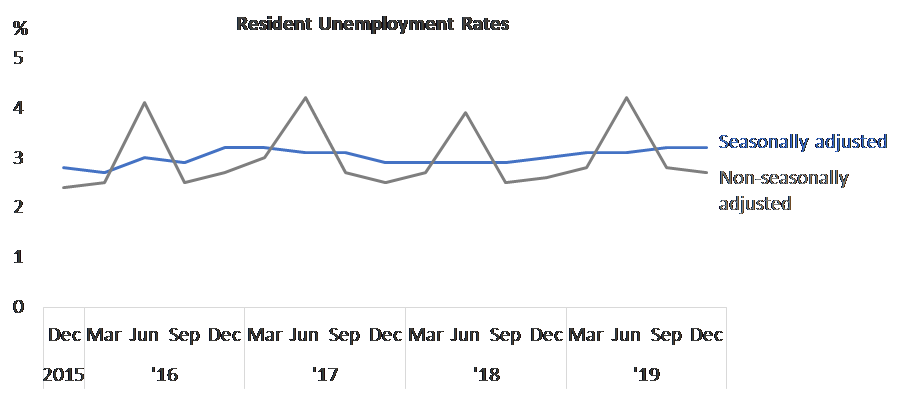
Why is Singapore’s non-seasonally adjusted unemployment rate typically higher in June compared to other periods of the year?
In Singapore, the unemployment rate is usually higher in June, when fresh graduates enter the labour market and students look for vacation jobs. This recurring seasonal variation happens every year. If we directly compare the non-seasonally adjusted unemployment numbers from June with the numbers from another month (such as March) when there isn’t such a big influx of job seekers, it would look like a big increase in unemployment. Subsequently, in the later part of the year, the unemployment rate usually declines as graduates find work and students return to school.
This seasonal pattern makes it difficult for us to tell if a rise or fall in the unemployment rate is a true reflection of the underlying trend or merely due to seasonal influences. Hence, to compare unemployment rates between different periods in the same year, we should look at the seasonally-adjusted data to remove the impact of seasonal influences.
What do we mean by employment growth? With high employment growth, would unemployment decrease?
Employment growth refers to the additional number of persons who are in employment, derived by taking the difference in the employment level at the end of the reference period compared with the end of the preceding period. To put it simply, it is not gross job creation, but the increase in the number of people who are employed which, conceptually, is the difference between people entering and exiting employment.
While employment growth measures the additional number of persons in employment, unemployment measures the number of persons who are not in employment but are actively seeking and available for jobs. Unemployment can vary due to changes in demand or supply of manpower. Hence, high employment growth may not necessarily translate to lower unemployment.
Unemployment can decline if more people succeed in finding jobs or if unemployed persons stop looking for a job and leave the labour force either temporarily (e.g. to take up training) or permanently (e.g. to retire). Conversely, unemployment may rise due to an increase in jobseekers (e.g. laid off workers, fresh graduates or re-entrants to the labour market) or if more people quit their jobs to look for alternative employment.
For example:
Unemployment rate could DECLINE if:
- More people secure employment;
- Unemployed persons stop their job search.
Unemployment rate could RISE if:
- There is an increase in jobseekers;
- More people quit to find alternate employment.
Want to find out more about our manpower statistics? MOM publishes them on http://stats.mom.gov.sg, including breakdowns and latest numbers. You can also learn more about various manpower indicators, their uses, definitions and common misconceptions at the website, or you can check out MOM’s YouTube channel.
This article is accurate as of 5 July 2020
Sources:
• Labour Force in Singapore 2019. Manpower Research & Statistics Department, Ministry of Manpower• Labour Market Advance Release 2019. Manpower Research & Statistics Department, Ministry of Manpower
• Technical Note: About Singapore’s Unemployment Rate, Labour Market Report Second Quarter 2018. Manpower Research & Statistics Department, Ministry of Manpower
• Technical Note: Measuring Unemployment, Labour Market Report Third Quarter 2017. Manpower Research & Statistics Department, Ministry of Manpower
RELATED ARTICLES
We use cookies to tailor your browsing experience. By continuing to use Gov.sg, you accept our use of cookies. To decline cookies at any time, you may adjust your browser settings. Find out more about your cookie preferences here .









